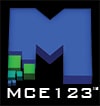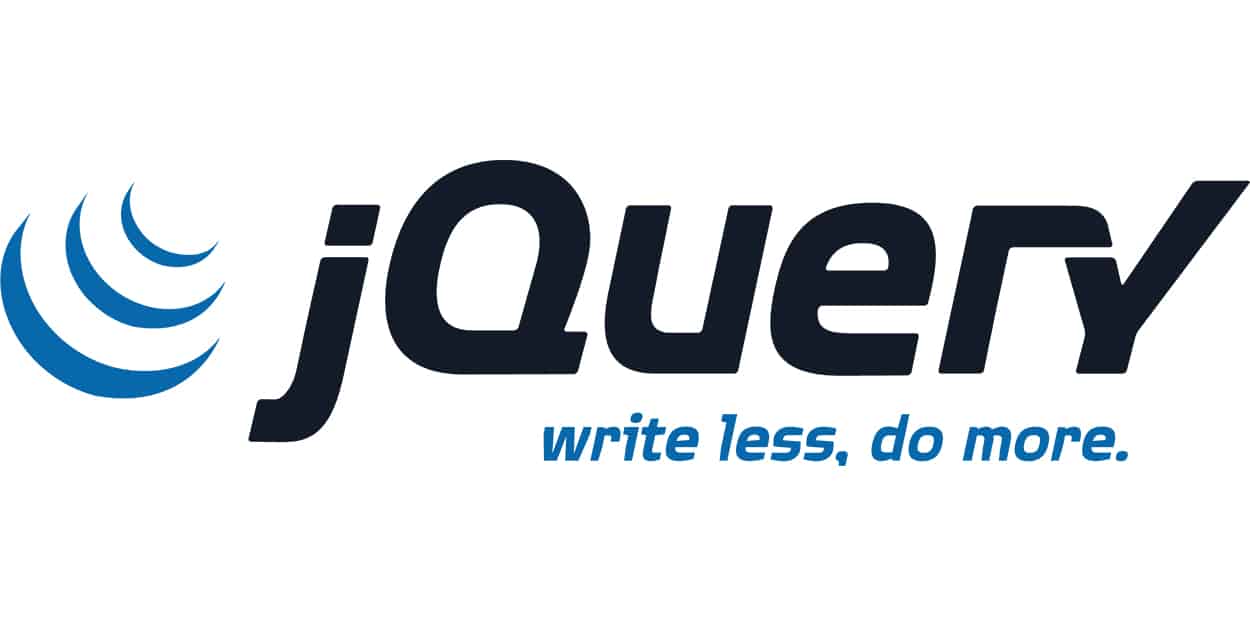These technological improvements pertain to hard drive technologies that include hard disk platters. For an instance, there could be a hard drive that has NVRAM for storing the file system parameters, to make looking up the file system faster, and accessing the parameters of where the files are located on the disk much faster as well, in memory that doesn’t lose its states whenever the power is cut. Additionally, there could be hard drives that have additional NVRAM for commonly accessed files on the disks, such as Operating System files, and then files that are not accessed commonly or all the time could be stored on the hard disk platters. There could be a new type of read/write head for hard drives, that includes a piece of plastic, to avoid scratches to the hard drive platters, and also there could be more than one read/write location accessed, with additional writing on the piece of plastic to include many different tiny electromagnets, to allow accessing hundreds of different locations around the read/write head, for example, to also be able to verify that the correct locations are being accessed, by verifying that the information is accurate with special codes that are in platter sectors or segments, or even with some type of calculation that is stored by adding up all of the values and converting it to a CRC code for any given x,y,z location on the platters, with z being which platter it is on. Also, there could be a technology that stores hundreds, thousands, or even millions of different layers of magnetic stores on the platters, with special technologies that can precisely record and recall different values at different locations around the hard drives.
MCE123 - Technology Development
MCE123℠ Intellectual Property Development
MCE123℠ invents original concepts for new high-tech technologies in our Technology Development department that can be purchased by other organizations to develop into physical products for a fee. Some of these concepts have already been physically developed by MCE123℠ Technology Development with our partners in the government, and are classified as national security technologies, in which we allow the government to develop the technologies as part of our company. We do allow these technologies to be purchased, however the technologies must be purchased from our company, as they are our technologies. There are government policies and government legislation that prevents the technologies from being purchased without MCE123℠ being paid for its works to invent the technologies as the government.
You must have our authorization to work on our products or services, regarding any invention you read about on our website. Please consult with the MCE123℠ Legal Department before taking any concepts from us, as we spend countless hours developing these concepts from scratch, and you must pay us to use these concepts, or even modify the concepts and use the concepts, even with significant modification. You must purchase all intellectual property relating to a technology concept before you begin work on any of our products or services. Failure to do so will result in Intellectual Property Theft lawsuits and cases to compensate our company for intellectual and monetary damages that we have incurred due to any third party developing any of our products.
This Intellectual Property is owned by MCE123℠ Technology Development. By viewing this Intellectual Property, you agree to the rights of the IP holder established under the Intellectual Property Rights Management agreement. To use the Intellectual Property, you must first obtain an Intellectual Property license, and you must pay royalties for each product that is produced using the Intellectual Property license.

















